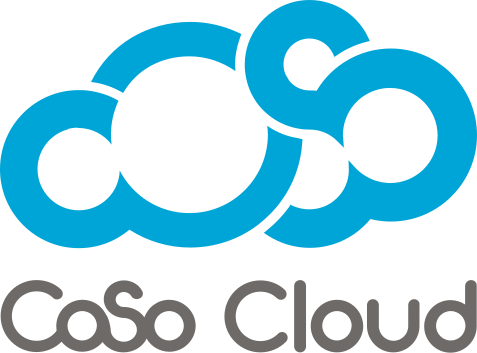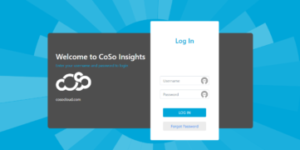
Virtual Training Tip #5: But bad news travels even faster!
March 12, 2018
Tip 5 of 7 part series on “7 Tips for Expanding Virtual Training Within your organization’
Recently we shared 7 Tips for Helping Expand Use of Virtual Training Within Your Organization. As a part of a series, we’re going in-depth on each of these 7 topics.
This week, we tackle tip #5 – But bad news travels even faster! As the corollary to tip #4 (“Good News Travels Fast”), you MUST have a formal feedback process to collect feedback after each training session. What did the attendees find particularly compelling or relevant? (Do those things more often). And find out what they would improve/modify in future training sessions (the time, the length, the content, the speaker), and take those suggestions to heart. Studies show that people are MORE likely to tell their friends about their bad experiences than their good ones, so make sure that your attendees are satisfied, and advocating for your training across the organization!
I know, I know – no one LOVES receiving constructive feedback, especially if it’s less than 100% perfect, and it highlights areas of improvement (I get it, believe me).
As mentioned in my last Blog post, an American Express Survey showed that Americans tell an average of 9 people about good experiences, and tell 16 (nearly two times more) people with poor experiences!
So yes, feedback is a “necessary evil.” But with Adobe Connect’s Polling Feature, it’s super easy to create a pod that requests feedback from your attendees (and you can organize it by Multiple Choice, Multiple Answers, or Short Answer).
(For some additional tips and tricks, please take a few minutes to view Using Polls in Adobe Connect)
Once you’ve collected formal feedback from your attendees, be sure to look for any trends in the responses. For example:
- Did all 25 attendees express dissatisfaction about the time or the specific content of the session? Perhaps consider not scheduling training at the very beginning or the very end of the work day, especislly if a majority of the attendees are part-time or located remotely.
- If it was an all-day session that included lunch, did a majority express their preference for sandwiches over pizza?
- Did a majority of attendees not fully understand the connection between the session’s objectives and how it fits into their specific job role? (If so, perhaps add a slide at the beginning outlining how the training would directly benefit their job and the company).
- Did a majority of attendees feel that the sessions could have been more interactive, less-rushed, and more personalized? Tailor the examples/exercises used in the training to better reflect your employees’ actual real-world, every-day use cases.
Think of feedback as a gift on how to tweak future sessions for maximum effectiveness. You’ll constantly improve your training, and (as an added bonus), your employees will know that you’re listening to them, understanding their needs, and taking their feedback to heart.
“I think it’s very important to have a feedback loop, where you’re constantly thinking about what you’ve done and how you could be doing it better.”
– Elon Musk
“There is always space for improvement, no matter how long you’ve been in the business.”
– Oscar De La Hoya
Other Articles in this Series:
Original Article: 7 Tips for Helping Expand Use of Virtual Training Within Your Organization
Tip #1: WIIFM
Tip #2: Start at the Top
Tip #3: Timing is Everything
Tip #4: Good News Travels Fast
Tip #5: Bad News Travels Even Faster
Tip #6: Making It Fun
Tip #7: Understand and Monitor Usage











